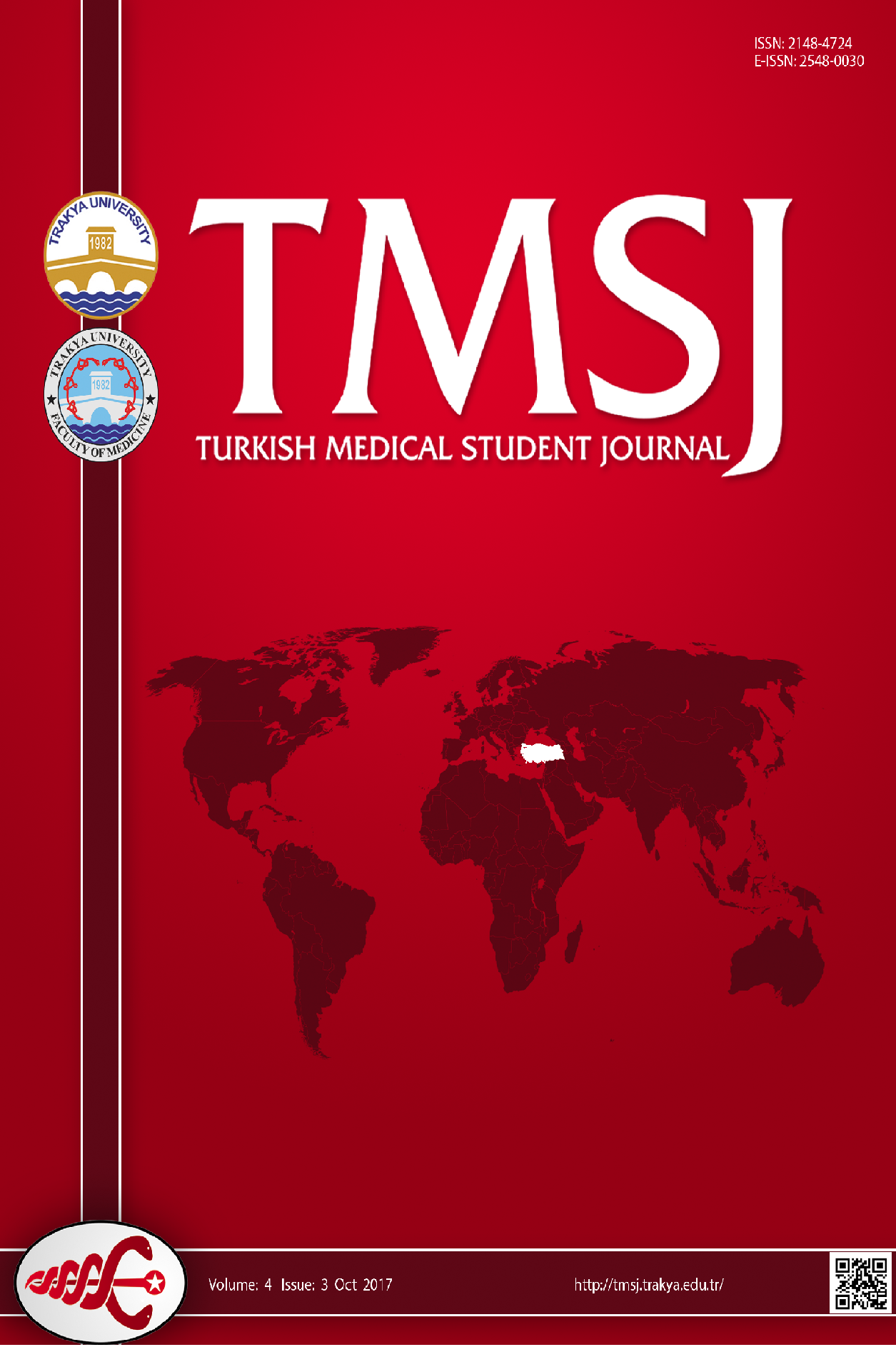
Turkish Medical Student Journal
Yazarlar: Mustafa Ömer İZZETTİNOĞLU, Vuslat GÜRLÜ
Konular:Tıp
Anahtar Kelimeler:Glaucoma,Perimetry,Optical coherence tomography,Visual field,Epidemiology
Özet: Aims: This study aims to analyze the clinical relationship of visual acuity with optical coherence tomography and perimetry in primary open-angle glaucoma. Methods: This retrospective cross-sectional study was conducted with patients who were diagnosed with primary open-angle glaucoma in the ophthalmology department of Trakya University School of Medicine between January 2010 and January 2021. Perimetric data of patients such as visual field index, mean defect, pattern standard deviation, short-term fluctuation, corrected pattern standard deviation; results of optical coherence tomography such as average retinal nerve fiber layer thickness, average C/D ratio, and thickness of retinal nerve fiber layer quadrants, and records of examinational findings were statistically tested to evaluate the statistical relationship. Numbers, percentages, mean and standard deviation were used as the descriptive statistics. Results: Initially 80 eyes of 49 patients diagnosed with primary open-angle glaucoma met the inclusion criteria. 22 patients were female and 27 patients were male. Thinner mean retinal nerve fiber layer, inferior and superior quadrants were observed in eyes with lower visual acuity. It was observed that eyes with lower visual acuity had a worse visual field index and mean defect. Conclusion: In tertiary clinics that receive various numbers of patient referrals, perimetry can be seen as more useful and accurate in primary open-angle glaucoma detection and monitoring. It provides us with better and more accurate results for glaucoma management in the later stages. It is recommended that both optical coherence tomography and perimetry be used for disease monitoring, as this allows doctors to better monitor disease progression. In addition, since optical coherence tomography is an objective test and is less likely to require a patient response, it should be kept in mind that advanced and severe glaucoma may occur when performing perimetry, especially in patients with poor cooperation.